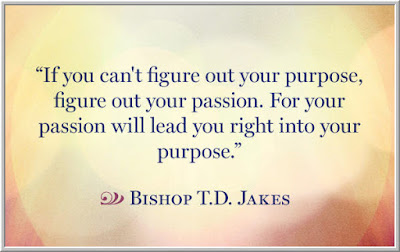Whether one is a portfolio manager or trader, success comes from generating sound market ideas and then translating those into positions that provide positive reward relative to risk. There are many big-picture managers who develop great ideas but fail to implement them as excellent trades. Similarly, there are many short-term traders who treat trading patterns as ideas, only to get run over by what is happening in the larger picture. Great trading is an integration of the strategic and the tactical.
Many of the trading patterns that I rely upon to implement bigger-picture ideas are measures of the psychology of the marketplace itself. The NYSE TICK measure, which I have written about for a while, looks at the moment-to-moment upticks and downticks in every single NYSE stock and combines those into a single measure. When buyers are dominant, we see more upticks than downticks; when sellers dominate, we see more downticks. We can create a short-term moving average of the TICK, which looks like an oscillator. By observing if the oscillator is mostly above or below the zero line and whether it is making higher or lower peaks and valleys, we can detect overall sentiment over the course of a trading day. A cumulative measure of the TICK, constructed like an advance-decline line, can provide us with a sense for longer-term shifts in sentiment.
Recently, I have taken a more detailed look at the upticks and downticks. Using data from the Sierra Chart platform, I have constructed TICK measures specific to the SPX 500 stocks, NYSE stocks, NASDAQ stocks, and Russell 2000 stocks. As illustration, we see above a 20-minute moving average of upticks vs. downticks for the SPX 500 stocks only, covering the day of November 27th. Comparing similar moving averages for the Russell 2000 TICK and the NYSE TICK can help us identify when there is stronger and weaker sentiment among the small-cap and large cap segments of the marketplace. When we see strength and weakness across all the TICK measures, we can be alert for the possibility of trending market behavior.
Over time, we can become quite good at detecting patterns in the uptick/downtick data to identify how sentiment is actually moving the market. For example, note how in the first half of the chart above, we get periods of net selling that fail to move SPY meaningfully lower. In other words, the sellers are present, but are unable to move the market. This is valuable information. Observe how buying could not move the market higher late in the day, which was equally valuable for the astute trader.
The big takeaway here is that higher-frequency market information (the TICK measures update multiple times per minute) can capture the trading patterns of active participants, revealing the evolving psychology of the marketplace. Longer-term shifts in this psychology can help us generate market ideas; shorter-term shifts can help us find good risk/reward spots for implementing those ideas. Of course, it's important to use psychology to understand and master ourselves. What is often missed, however, is that psychology is equally important in understanding the markets that we trade.
.
Many of the trading patterns that I rely upon to implement bigger-picture ideas are measures of the psychology of the marketplace itself. The NYSE TICK measure, which I have written about for a while, looks at the moment-to-moment upticks and downticks in every single NYSE stock and combines those into a single measure. When buyers are dominant, we see more upticks than downticks; when sellers dominate, we see more downticks. We can create a short-term moving average of the TICK, which looks like an oscillator. By observing if the oscillator is mostly above or below the zero line and whether it is making higher or lower peaks and valleys, we can detect overall sentiment over the course of a trading day. A cumulative measure of the TICK, constructed like an advance-decline line, can provide us with a sense for longer-term shifts in sentiment.
Recently, I have taken a more detailed look at the upticks and downticks. Using data from the Sierra Chart platform, I have constructed TICK measures specific to the SPX 500 stocks, NYSE stocks, NASDAQ stocks, and Russell 2000 stocks. As illustration, we see above a 20-minute moving average of upticks vs. downticks for the SPX 500 stocks only, covering the day of November 27th. Comparing similar moving averages for the Russell 2000 TICK and the NYSE TICK can help us identify when there is stronger and weaker sentiment among the small-cap and large cap segments of the marketplace. When we see strength and weakness across all the TICK measures, we can be alert for the possibility of trending market behavior.
Over time, we can become quite good at detecting patterns in the uptick/downtick data to identify how sentiment is actually moving the market. For example, note how in the first half of the chart above, we get periods of net selling that fail to move SPY meaningfully lower. In other words, the sellers are present, but are unable to move the market. This is valuable information. Observe how buying could not move the market higher late in the day, which was equally valuable for the astute trader.
The big takeaway here is that higher-frequency market information (the TICK measures update multiple times per minute) can capture the trading patterns of active participants, revealing the evolving psychology of the marketplace. Longer-term shifts in this psychology can help us generate market ideas; shorter-term shifts can help us find good risk/reward spots for implementing those ideas. Of course, it's important to use psychology to understand and master ourselves. What is often missed, however, is that psychology is equally important in understanding the markets that we trade.
Further Reading:











